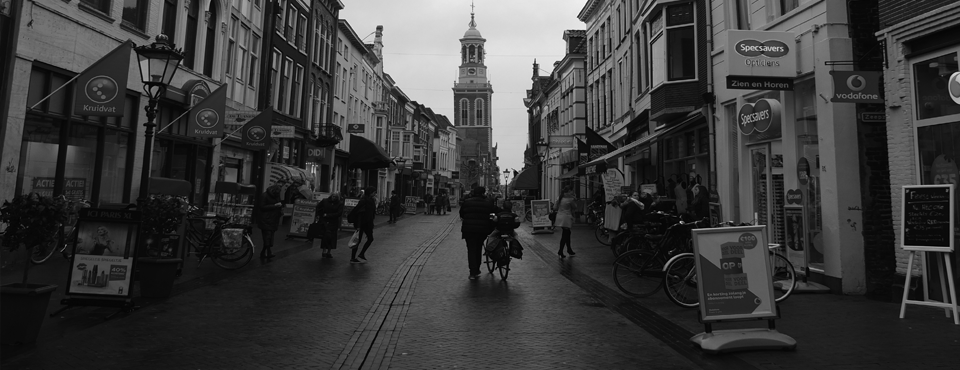
Shopping externalities: How shops benefit from each other without knowing
Repost from spatialeconomics.nl
Why do shops cluster in shopping streets? This was the main question that Hans Koster, Ilias Pasidis and Jos van Ommeren addressed in their paper ‘Shopping externalities and retail concentration: Evidence from Dutch shopping streets’, forthcoming in the Journal of Urban Economics. The authors argue that shops located in shopping streets benefit from so-called shopping externalities.
Hans Koster: ‘A shopping externality is an unintended effect, an advantage for other shops. If you attract one customer, then customer will also visit other shops in that particular shopping street; so other shops benefit from your shop. Because these unintended effects are not taken into account by shops choosing their location, from a societal point of view it is beneficial to design policies aiming at concentration of shops. Examples of such policies are subsidies to shops attracting many customers, cheaper parking, or improving accessibility by public transport.’
The researchers particularly focused on the effects of the number of customers passing by a number of shops. ‘The idea is that if shops sell more, they can pay higher rents. What we see is that that the rents are the highest – and vacancy rates the lowest – on locations where the most customers pass by. From that we can infer the magnitude of these so-called shopping externalities.’
The unintended benefits for other nearby shops are large. ‘But they have been largely ignored’, says Hans Koster. ‘This research may therefore be important for policy makers, who can influence the location decisions for new shops, possibly far away from shopping districts. The results of our research will also be useful for retail developers and owners. Having this information can help them to better calculate future revenues.’
